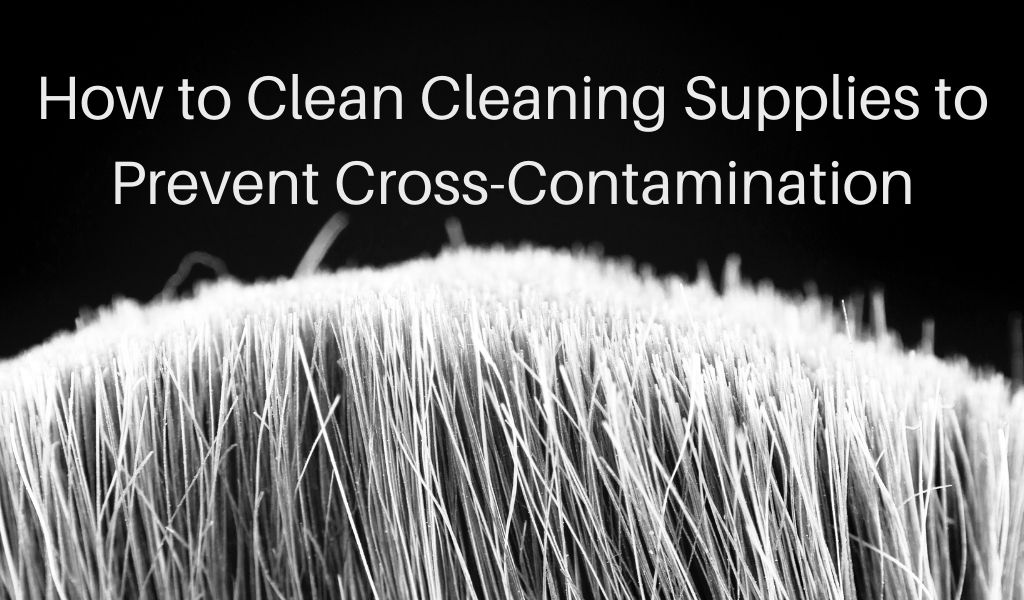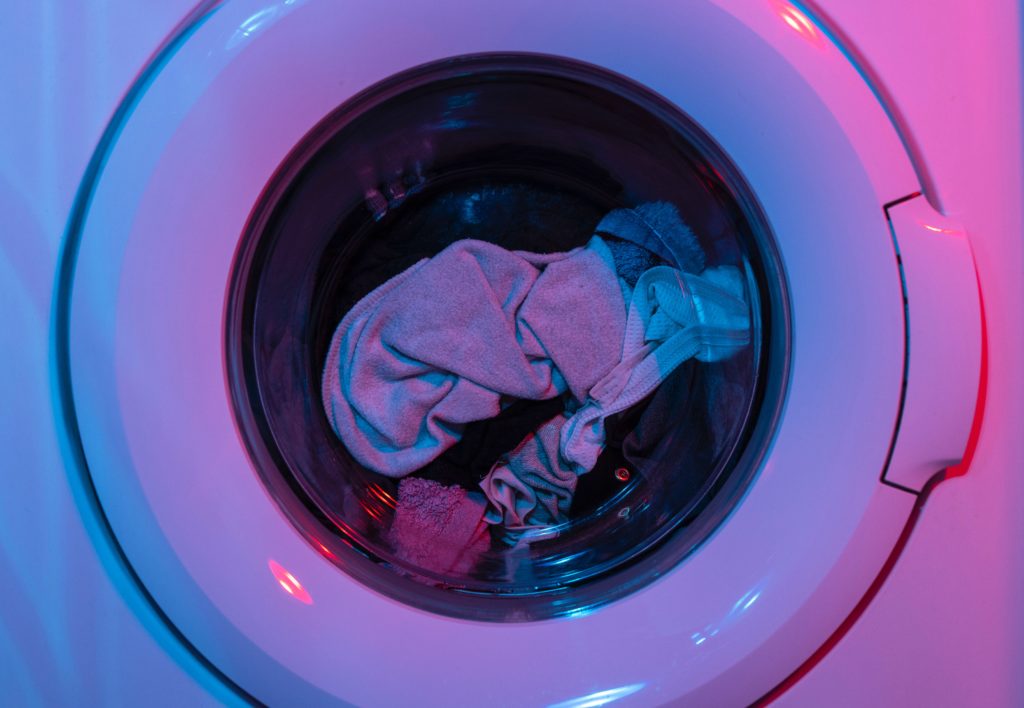Take care of your tools, and they’ll take care of you. That’s why it’s so important to clean cleaning supplies and equipment.
When you thought about the tasks you would perform as a professional cleaner, you probably expected to clean floors, offices, break rooms, retail shelves, or school restrooms. But clean cleaning supplies? Or your equipment? Yeah, that probably wasn’t the first thing you thought of.
You also probably didn’t think too much about cross-contamination. Some situations, of course, are obvious. You wouldn’t use a cloth to clean the bathroom sink and then take it to wipe down the counter in the breakroom. But the world has changed since 2020, and we’re all more aware of how easy it is to cross-contaminate our spaces. So now we have to consider whether that brand new push broom will potentially spread a virus or bacteria from one location to another.
Now more than ever, it’s vital to clean cleaning supplies and equipment to ensure we keep ourselves and our clients safe.
Clean up your cleaning with Janitorial Manager! Sign up to learn more about managing work orders, inspections, employee performance, and so much more—all in a single app!
How to get sparkling clean cleaning supplies
One way to keep things clean is to subscribe to a commercial cleaning service. Yes, we’re aware of the irony. And we’re also mindful that they’ll only be able to help you with some of your cleaning supplies, but it is an option. A number of commercial laundry and linen services can supply you with mop heads, towels, and wipes.
Setting that option aside, however, there are still plenty of cleaning supplies for you to clean. One that gets overlooked a lot is the toilet bowl brush. They aren’t hard to clean, though. Simply spray the brush with disinfectant, let it stand for the prescribed contact time, and then rinse it in hot water. Don’t forget the brush holder, either. The process is the same. Make sure both are dry before you store them.
You’ll follow a similar track for other cleaning brushes, too. If they are exceptionally grimy, you can rinse them in hot water and rub the bristles to dislodge any debris (wear gloves!). Once you’ve done that, then you can disinfect them.
To clean cleaning supplies like brooms, the process is a little different. First, remove any visible dust and dirt with a gloved hand, then give the broom a good shake outdoors to further get rid of dust. If you can get the broom head wet, soak it in hot, soapy water and a little disinfectant for about 20 minutes. Give it a good rinse, then let it hang dry. (Note: DO NOT mix chemicals, as this can cause a dangerous chemical reaction.)
Going back to mop heads, you don’t need to hire an outside vendor to take care of them for you. You can clean cleaning supplies like this on your own as long as the mop head is detachable. Soak the mop heads in hot, soapy water and remove as much dirt as possible. Then put them in the washing machine at the hottest setting with an appropriate amount of bleach. You can also dry them on the highest heat setting. You can do the same with towels and cloths.
The exception here is with microfiber mop heads and cloths. There are just a few simple rules that will keep your microfiber supplies in good shape. Don’t use fabric softeners or bleach on them. Don’t dry them in the dryer – air dry is the way to go here. Lastly, wash microfiber with another microfiber. Mixing fabrics, such as cotton, with microfiber will give you a lint-covered microfiber cloth.
Don’t forget your mop bucket, either. When is the last time you cleaned that? Even though it gets filled with hot water and floor cleaner regularly, it also gets filled with filthy, dirty water, leaving behind bacteria. Being careful of which cleaners you use (remember, we don’t want to accidentally mix incompatible chemicals), clean the bucket inside and out with hot water and the appropriate cleaner. You can treat your carts and baskets pretty much the same as your mop bucket.
Things get a little more active when we clean cleaning supplies like vacuums. You probably already empty it regularly. And if you’re keeping up with equipment maintenance, you also probably change or clean the filter regularly. But what about the attachments and the outside of your vacuums? They can get pretty darn dirty.
Ensure the vacuum is unplugged, then start by wiping down the cord with a damp cloth and cleaner. Disassemble the bottom of your vacuum and remove any detachable parts, such as hoses. Clean out any string or fibers wrapped around the beater bar, and wash your hoses in warm, soapy water (assuming that won’t damage them). Spray a soft cloth with cleaner and wipe down the exterior of the vacuum, including the wheels. Allow everything to air dry, then reassemble your vacuum.
Yes, clean cleaning supplies will help limit cross-contamination. But clean equipment and supplies also help you look more professional and ready to do the job you’ve been hired to do. No one wants to hire cleaners with dirty equipment!
Validate your essential services with Janitorial Manager’s custodial management system. Schedule a free demo today to learn more!


